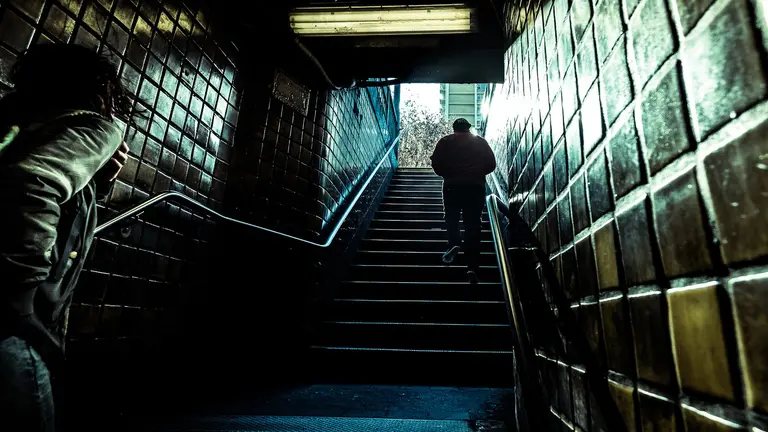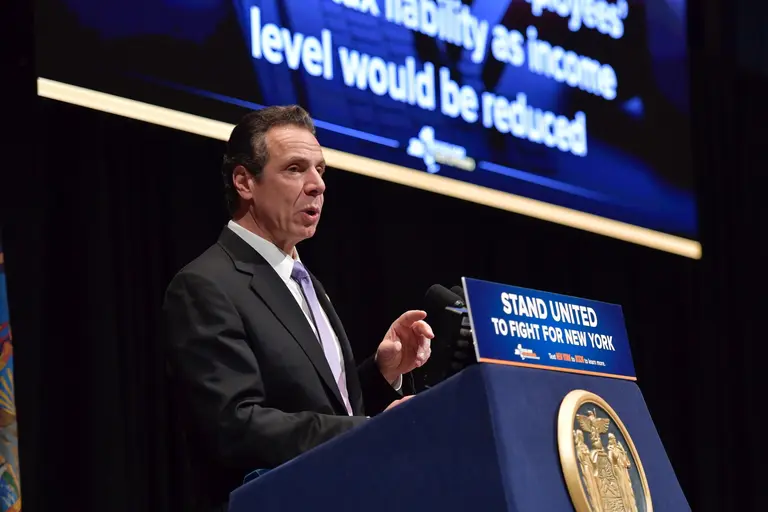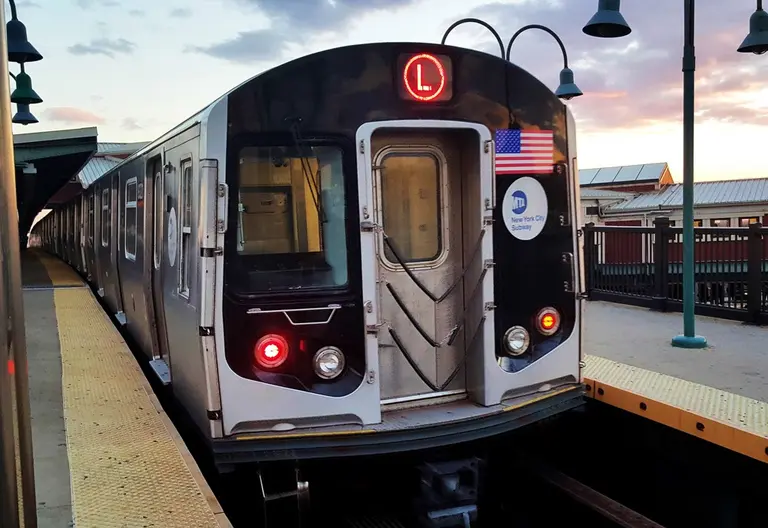
Photo via Colin Mutchler/Flickr
The NYC subway saw 30 million fewer trips last year
READ MORE

Photo via Colin Mutchler/Flickr

Two stations at 34th Street will be renovated; photo via dog97209 on Flickr

N train at 30th Ave Station via Wikimedia

Workers pumping seawater out of the L-train tunnel after Hurricane Sandy in 2012, photo courtesy of the MTA on Flickr

Construction workers giving a tour of the Second Avenue subway; photo via the MTA on Flickr

Second Avenue Subway station, courtesy of Governor Cuomo’s Flickr

Photo by Giuseppe Milo / Flickr

R211 subway car prototype © MTA/Flickr

R211 subway car prototype © MTA/Flickr

Photo of Cuomo via the governor’s Flickr

Red Hook waterfront, photo via Sunghwan Yoon on Flickr

Construction workers giving a tour of the Second Avenue subway in 2015, photo via the MTA on Flickr

Traffic in NYC, photo via joiseyshowaa on Flickr

Photo via Pixabay

Photo of a C-train via Wikimedia

Photo via Wikimedia

Photo by John Fraissinet / Flickr

Photo of the L-train via Wiki Commons

A Brooklyn-bound bus, photo via Wikimedia

Photo via Wikipedia